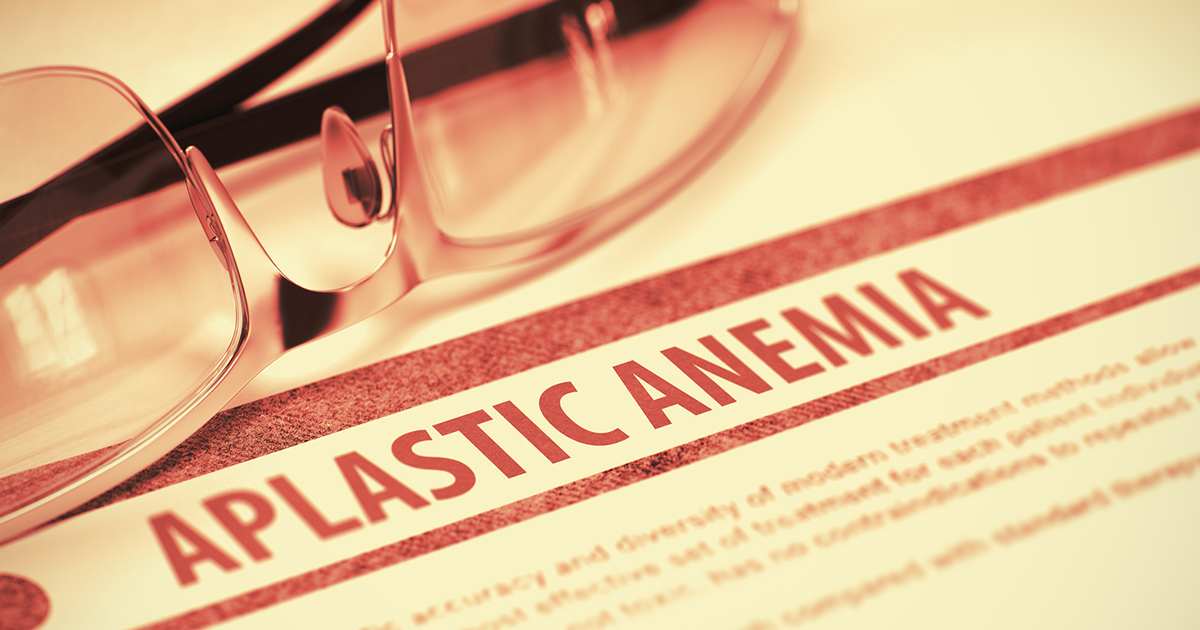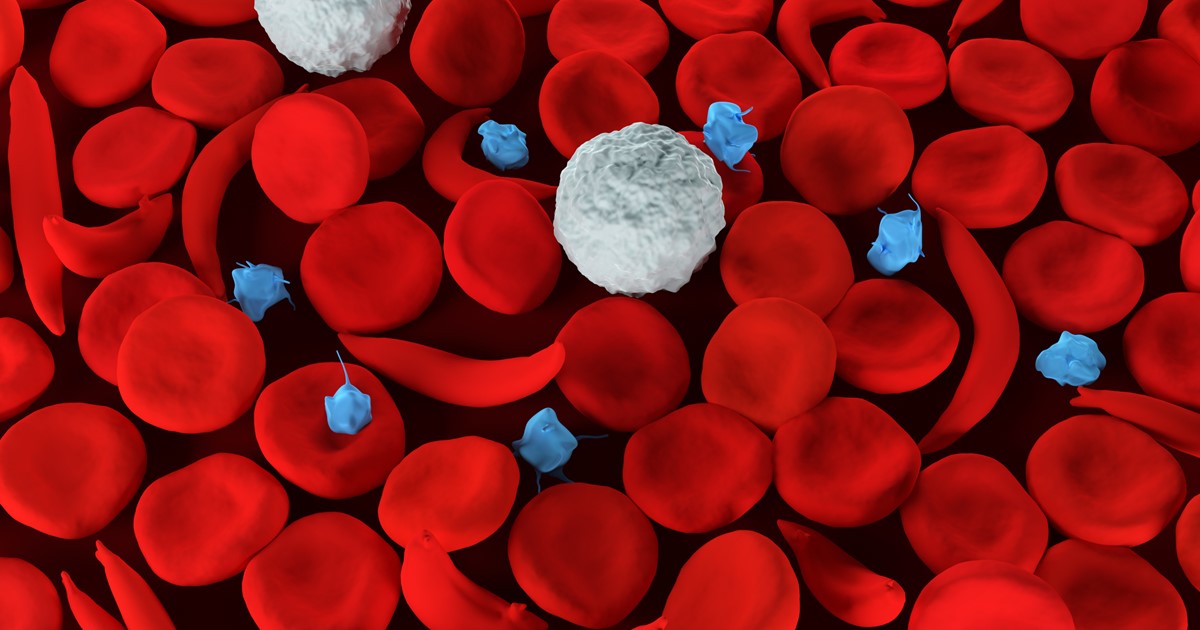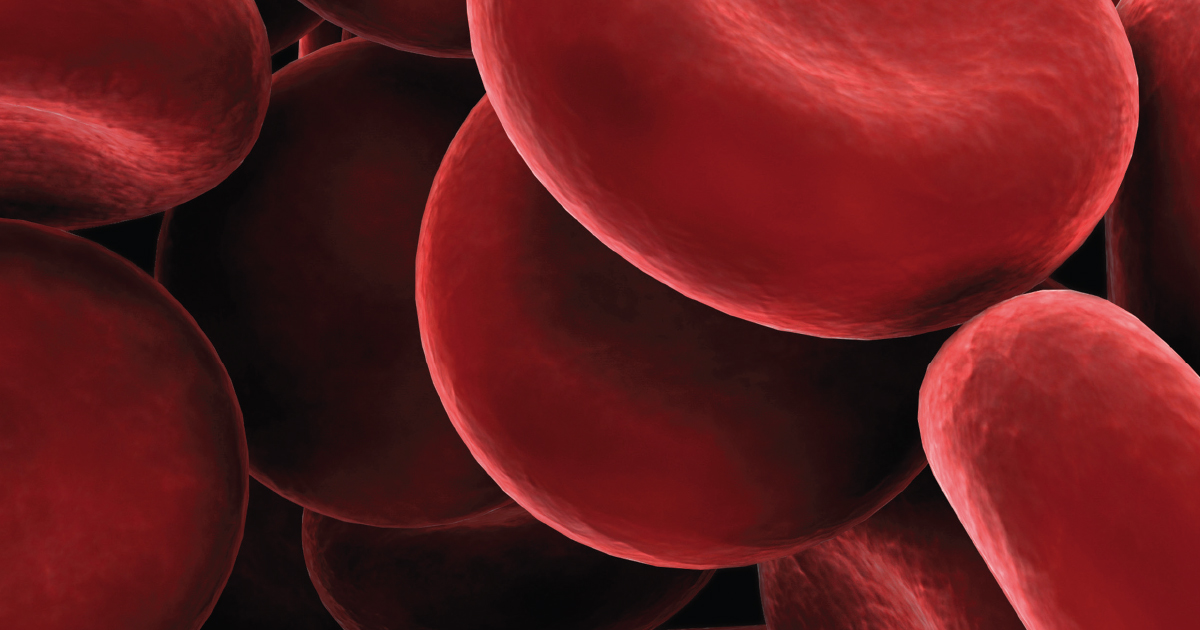What Are The Major Types Of Anemia?
Anemia is the term used when referring to a condition characterized by a deficiency in hemoglobin or healthy red blood cells. When there are too few red blood cells or not enough hemoglobin in these cells, sufficient amounts of oxygen are not able to travel through the individual's bloodstream to the cells throughout their body. When the cells do not have enough of oxygen supply as a result of anemia, the organs do not have what they need to function correctly. This mechanism results in several general telltale symptoms consistent across all types of anemia, including fatigue, weakness, rapid heartbeat, difficulty with focusing, leg cramps, pale skin, insomnia, dizziness, headaches, and shortness of breath. There are numerous causes of anemia that form the basis of how it is categorized. The severity, type, and underlying cause of a patient's anemia are the main factors in determining what kind of treatment is needed.
Iron-Deficiency Anemia

One of the most prevalent types of anemia, iron-deficiency anemia, occurs when the individual's body is unable to produce enough hemoglobin due to too little iron. The mineral iron is required for the production of hemoglobin, which is responsible for binding to oxygen and transporting it to tissues around the patient's body. Iron deficiency anemia can be a result of poor dietary intake of iron, loss of blood, pregnancy, or an inability to absorb iron from food. Iron-deficiency anemia has several symptoms specific to its type, including pica or a desire to eat non-food substances, mouth soreness, cracks at corners of the mouth, and upward nail curvature. An individual affected by iron-deficiency anemia may experience serious complications like problems with their heart rhythms and efficiency that can lead to an enlarged heart or failure of the heart. In addition, iron-deficiency anemia can cause a pregnant female to have a premature or underweight baby. Furthermore, children and infants can experience development and growth delays, along with an increased risk of contracting infections.
Uncover the next type of anemia now.
Aplastic Anemia

Aplastic anemia occurs when an individual's bone marrow becomes excessively damaged and is unable to produce enough new blood cells. The term aplastic has a literal meaning of empty, which refers to the content and appearance of the bone marrow in aplastic anemia patients. There are numerous mechanisms that can result in such bone marrow damage, including toxic chemical exposure, autoimmune disorders, chemotherapy, radiation therapy, viral infection, the use of specific drugs, and pregnancy. In some cases, the cause of a patient's aplastic anemia cannot be identified. Symptoms more specific to the aplastic anemia variation include easy or unexplained bruising, skin rash, nosebleeds, prolonged bleeding from lacerations, gums that bleed, and prolonged infections. Aplastic anemia can be a permanent condition, or it may be temporary depending on its underlying cause. Based on the severity and cause of an individual's aplastic anemia, blood transfusions, medications, or a bone marrow transplant may be needed to treat the condition effectively.
Get more details on the different types of anemia now.
Sickle Cell Anemia

Sickle cell anemia occurs when an individual's anemia is the result of a hereditary genetic mutation that causes their body to produce sticky, rigid, non-functional, and misshapen hemoglobin in the red blood cells. The abnormal hemoglobin-containing red blood cells in these individuals are called sickle cells because of the odd shape they take. The body of an affected individual makes many sickle cells that do not function in the place of healthy red blood cells, causing anemia. Symptoms that may be isolated to the sickle cell variation of anemia include periodic or frequent episodes of pain in the abdomen, joints, and chest, retinal damage that causes vision problems, swelling of the feet and hands, and growth delays. The only possible way to cure a patient's sickle cell anemia is through a bone marrow transplant. Otherwise, treatment for the condition focuses on the prevention of complications, relief of symptoms, and avoidance of crises. Medications can be used to alleviate pain and prevent infection, while frequent blood transfusions can be utilized to keep the patient stable and prevent life-threatening complications.
Read more about the various types of anemia now.
Hemolytic Anemia

Hemolytic anemia is a variation of anemia characterized by a low number of red blood cells because they are being destroyed quicker than the body can replace them. Hemolytic anemia can be caused by inherited genetic factors, or it can be acquired at a later time following birth. Inherited hemolytic anemia can happen when an inherited disease or condition causes a patient to produce red blood cells with a shorter lifespan then healthy red blood cells. An individual can acquire hemolytic anemia due to blood cancers, viral or bacterial infections, use of certain medications, presence of mechanical heart valves, an overactive spleen, or a severe reaction from a blood transfusion. Symptoms that may indicate an individual has the hemolytic form of anemia include enlarged liver and spleen, heart murmur, confusion, dark colored urine, fever, and jaundice. The treatment for hemolytic anemia is based on its underlying cause. Some patients may need to take corticosteroid medications, receive blood transfusions, undergo immunosuppressive therapy, or have surgery to remove their spleen.
Uncover more types of anemia now.
Anemia Due To Vitamin Deficiencies

An individual may not have enough healthy red blood cells because they are deficient in certain essential vitamins. Folate, vitamin C, and vitamin B12 are associated with vitamin deficiency anemia. Vitamin deficiencies can happen when an individual does not consume enough of a particular vitamin, or it can occur when they cannot properly absorb or process vitamins from their food. Folate can be found in leafy green vegetables and fruits, while vitamin B12 is mainly present in milk, meat, and eggs. Vitamin C deficiency usually occurs when an individual is unable to absorb vitamin C from their food. Symptoms that may be specific to vitamin deficiency anemia include yellowing of the skin, irregular heartbeats, weight loss, tingling or numbness in the hands and feet, changes in personality, forgetfulness, muscle weakness, and unsteady movements. Treatments for vitamin deficiency anemia include diet changes, oral vitamin supplements, and vitamin injections. Depending on the cause of the vitamin deficiency, treatment can be temporary or may continue for the remainder of a patient's life.
